
Atom bomb-GANSKE
Only two nuclear weapons have been used in the course of warfare, both by the United States near the end of World War II. The Manhattan Project was a research and development program, led by the United States that produced the first atomic bomb during World War II. Even though it was heavily shielded from the public eye, the Soviet Union still were able to gain information about the program,and therefore laid their own foundations to form these lethal weapons. The atomic bomb had astronomical destructive effects in both uses, helping America ensure victory.

1948 Dixiecrats-GANSKE
Also known as by the States' Rights Democratic Party, it was a short-lived segregationist political party in the United States in 1948. Supporters were determined to protect what they believed as the southern way of life, which was harmed by the oppressive federal government. They opposed racial integration and wanted to retain Jim Crow Laws.

1957 Civil Rights Commission- GANSKE
An independent commission of the United States federal government in charge of the responsibility for investigating, reporting on, and making recommendations concerning civil rights issues. President Dwight D. Eisenhower created this in response to a recommendation by the President's Committee on Civil Rights.

Three-fifths Compromise- GANSKE
A compromise between the southern and northern states reached during the Philadelphia Convention of 1787, where the slaves would be counted for representation purposes in terms of the distribution of taxes and the proportionate amount of representatives for each state in the House of Representatives, which is based off of population.

American attitudes toward English before French and Indian War(GRIGGS)
Before the war the Americans were very loyal to England and thought the British military was the best in the world.

Colonial Anglo-American women (BHATIA)
Women during the colonial times were not allowed to own property and were considered the weaker gender. During the period of time when colonists were declared in a state of rebellion, women did still take part in cause by boycotting British goods.

Arab Oil Embargo- Ganske
This event was a result of American support of Israel during the 1973 Yom Kippur War. It constituted the cessation of oil exports from Arab states to the United States that supplied the Israeli military. Therefore, as a result, there was a decrease in the amount of oil for Americans which increased the price and motivated America to begin developing conservation efforts to decrease their dependence on oil.
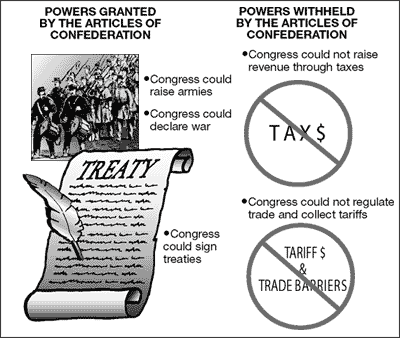
Strengths and weaknesses of the Articles of Confederation- Ganske
While the Articles of Confederation came to agreements on governmental powers, such as pursuing war and peace, foreign relations, trade, and postal services, there was no mechanism created to compel larger states to contribute their share of the taxes, and there was a lack of centralized authority. No power of taxation, no executive branch, and rotating representatives caused political gridlock. State legislatures were slow to select delegates and many representatives were reluctant to attend meetings.

Baby boom and suburbs (BICHE)
The baby boom occurred after WWII and happened in several Western countries. It was a result of families being long separated and post-war optimism. It fueled economic growth. During the time around World War II, suburbs became more popular because of their assembly line style of construction, which made them more affordable. This fueled "white flight," or the migration of whites to suburbs when blacks remained in urban cities.

Bacon's Rebellion- GANSKE
Bacon's Rebellion was a dispute over Virginia's Indian policy. While the colonial government hoped to minimize contact between the settlers and the Indians, new settlers pushed beyond the treaty lines which angered the Indians. Bacon believed that the elite planters used the government for their private gains, so therefore Berkeley pronounced Bacon as a rebel and held re-elections for the House of Representatives. These plans back fired, and Bacon and other local leaders were inducted. Bacon then declared war on the elite planters, and when Bacon died, Berkeley destroyed his followers farmland. The rebellion did nothing to bring the grandees down from power, but the royalty got involved and replaced Berkley, nullified Bacon's laws, and added an import tax on tobacco. However it did lead to the decreasing tensions of the classes, because they realized that they needed to band together to focus on fighting the Indians.

Battle of Saratoga-GANSKE
When the Continental army secured the important victory in the second battle of Saratoga during the American Revolution, American spirits were reconfirmed. Additionally, this victory finally convinced the French to make a formal alliance with the Americans, providing more aid, war material, and military advisers.

Bay of Pigs- GANSKE
The Bay of Pigs invasion was an unsuccessful attempt by the United States, backed by Cuban exiles, to overthrow the government of the Cuban dictator- Fidel Castro. The failure of the invasion embarrassed the Kennedy administration, and Cuba became fearful of another US attack on Cuban soil.

Black Power-GANSKE
Used in the Civil Rights Movement, it emphasized racial pride and the creation of black political and cultural institutions to promote black interests and advance black values. Included the defense against racial oppression and the establishment of separate institutions to support a self-sufficient economy.

Brown v. Board of Education-GANSKE
Brown V. Board of Education was a landmark decision of the United States Supreme Court that declared state laws establishing separate public schooling for blacks and whites unconstitutional. The Warren Court's (9-0) vote stated that separate schools are inherently unequal, and as a result, violated the Equal Protection Clause of the Fourteenth Amendment. This ruling paved the way for integration and the civil rights movement.
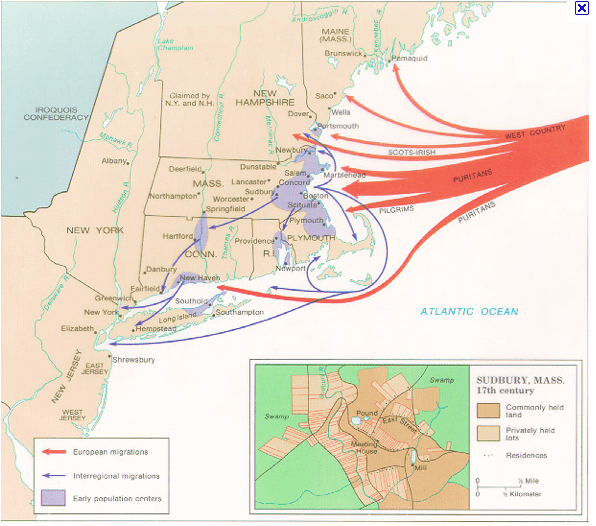
Colonial New England society (BHATIA)
Colonial New England was dominated by Puritans and as a result, religion became an important factor in society. The puritan influence on society placed an enormous emphasis on religious obligations. Because New England had poor farming land, many of the colonists relied on trading and fishing to make profits.
Compromises of the Constitution(GRIGGS)
The Great Compromise was between the Virginia and New Jersey Plans. The Virginia plan proposed that both houses of Congress would be elected based on population. The New Jersey Plan proposed a single house system where each state had one vote. Representation by population favored the bigger states and weakened the power of the smaller states. It was also an issue between southern and northern states. Southerners thought the population of northern states would grow faster so southerners were concerned that the north would grow more powerful and would try to outlaw slavery. To break the deadlock it was agreed that there would be two houses. The representation in the lower house (the House of Representatives) would be based on population and in the upper house (the Senate) each state would have two votes. This became the basic structure for the Constitution. The other compromise was the 3/5th compromise. States disagreed on whether or not slaves should be counted for purposes of counting population for the number of representatives a state would have. The question was were slaves property or people for purposes of representation. It was decided that slaves would count as 3/5 of a person.

Containment- GANSKE

Containment was a United States policy using numerous strategies to prevent the increased spread of Communism. During the Cold War, this policy was a response to the Soviet Union's attempts to gain communist influences over Europe, China, Korea, and Vietnam.

Continental Army- GANSKE
The Continental Army was formed after the outbreak of the American Revolution. It was established by the Continental Congress in order to coordinate the military efforts of the colonies in their revolt against Great Britain. Local militias and other troops that remained under the control of the individual states made up the supplementary assistance.

Cuban Missile Crisis- GANSKE
The Cuban Missile Crisis was a confrontation among the Soviet Union, Cuba, and the United States in October of 1962 during the Cold War. After the unsuccessful mission of the Bay of Pigs, the Cuban and Soviet governments secretly began to build bases in Cuba for ballistic nuclear missiles, carrying the ability to decimate the majority of the United States. When the United States Air Force captured photographic proof of the missile bases in Cuba, a major confrontation occurred, which is considered the moment in which the Cold War came closest to turning into a nuclear conflict. This is one of the first instances of Mutually Assured Destruction (MAD). After an agreement, the Soviets eventually removed the missile systems, and all American weapons were deactivated.

David Riesman (GRIGGS)
sociologist who wrote The Lonely Crowd in 1950 in which he criticized the shift from independent thinking to an eagerness to conform. He referred to this a a move from the "inner-directed' to the "other-directed" individual.

Deism- GANSKE
The religious philosophy of the belief that reason and observation in the natural world without the need for organized religion, can determine that the universe is the product of God. 'The Creator' does not intervene in human conflicts, or take away the natural laws on Earth. The idea of Deism became prominent throughout the 17th and 18th centuries, during the Age of Enlightenment.

Demography of Puritans (BHATIA)
Puritans often settled in regions such as New England because of the discrimination they had faced in England under the Christian monarchy. The population of New England, which had a fair population of Puritans, had gradually increased. When the puritans moved to the colonies, many had already brought families with them to settle.
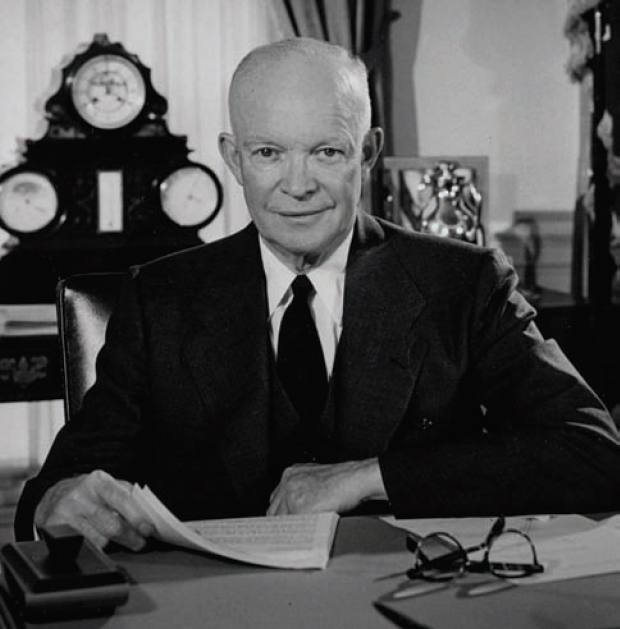
Eisenhower's presidency- GANSKE
As the 34th president of the United States, Eisenhower concluded negotiations with China to end the Korean War. His policy of "New Look" which dealt with nuclear deterrence, reduced the funding for other military forces and kept the pressure on the Soviet Union. He began NASA to compete against the Soviet Union in the space race, and opposed military moves by Israel. At the end of his term, his presidency was thoroughly embarrassed by the U-2 incident and the planning of the Bay of Pigs Invasion.
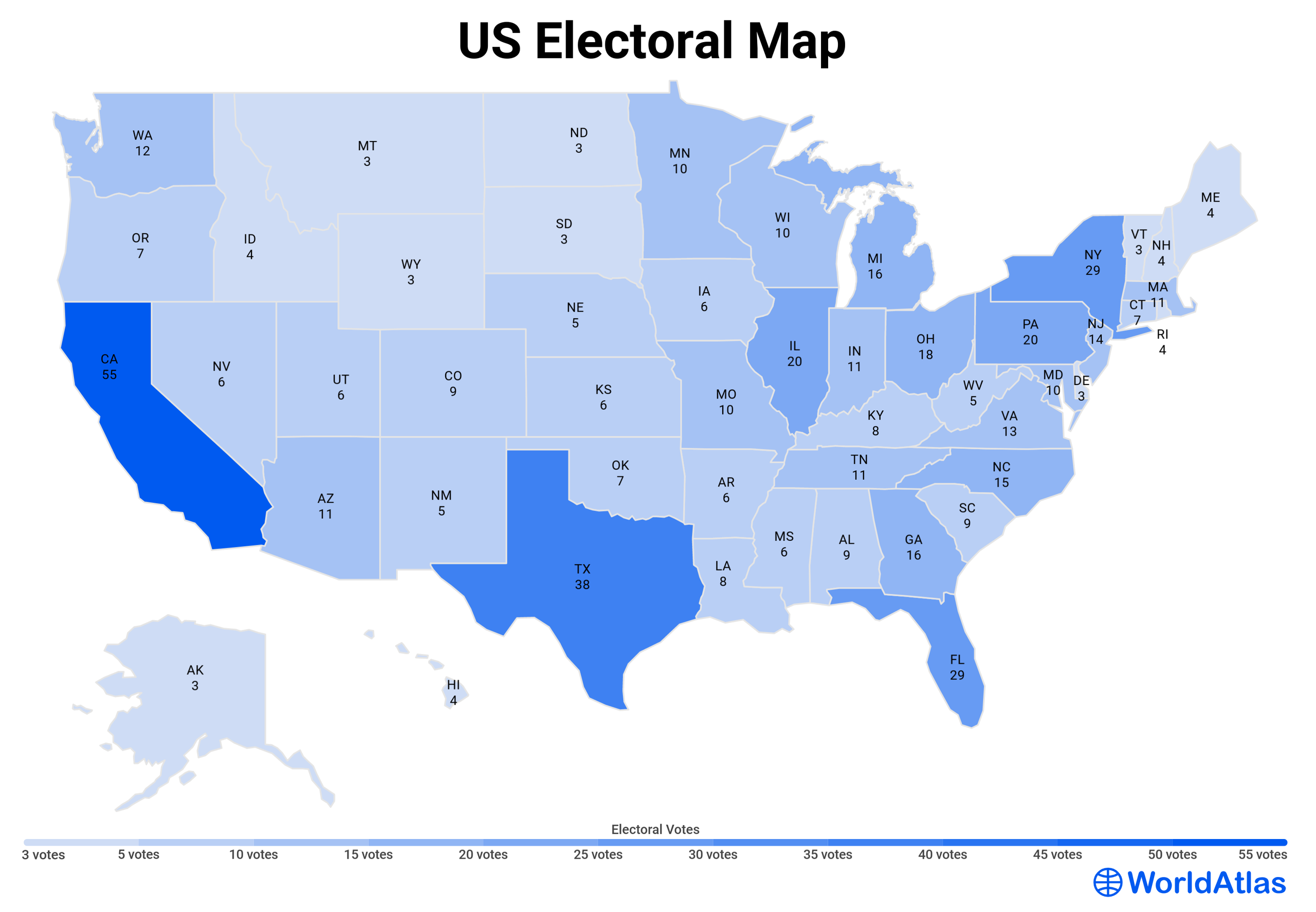
Electoral College- GANSKE
The Electoral College consists of the electors appointed by each state who themselves elect the President and Vice President of the United States. In the Constitution, it specifies how many electors each state is entitled to have and that each state's legislature decides how its electors are chosen.

Events of 1968 (GRIGGS)
1968 was a devastating year for America. In early 1968, the North Vietnamese launched the Tet Offensive attacking all major cities and US military bases. Up to this time the government had been telling Americans that the North Vietnamese were being contained. The Tet Offensive was demoralizing for Americans and caused them to no longer trust the government. This was the year that America realized that it could not win the war and Johnson said he was willing to begin peace talks. Protests and violence increased. The country was so divided that it could not function well. Johnson recognized this and decided to not seek reelection. Both Dr. King and Robert Kennedy were killed. Protests and police violence at the Democratic Convention were televised and were deeply troubling o the country. Americans hope a lot of spirit and confidence in 1968.

Extent of 18th century slavery (BHATIA)
Slavery was an enormous business in the 18th century. The Atlantic trade was organized so that slaves could be transported to North America and the Caribbean in exchange for goods. Many merchants made profits off the trading that occurred for slaves. The main reason for the demand of slaves was because the prior method of indentured servitude wasn't nearly as effective as slavery. Slavery provided constant labor whereas indentured servitude was temporary.

Federalist Papers ideas (BICHE)
These articles were written by Federalists to convince reluctant states to approve the ratification of the Constitution. Most notably, the tenth essay argues that a large republic rather than a confederacy of states would be most suitable for the success of Americans. James Madison also denies the necessity of a Bill of Rights because it would be redundant (essentially, the Constitution already outlined the liberties without a separate clause).

Franco-American Treaty of 1778- GANSKE
This was a defensive alliance between France and the United States, created during the heat of the battle in the Revolutionary War. It promised military support for British attacks, because France wanted to support another enemy of Great Britain in order to help lessen their domination over Europe.

Geography of Chesapeake settlements (GRIGGS)
The Chesapeake settlements were mashy and not ideal for growing crops. Because of the marshes there were a lot of mosquitoes and the diseases that they spread. The first settlements were all on rivers on the Chesapeake Bay.

George Wallace-GANSKE
He is best known for his southern populist, pro-segregation attitudes during the American civil rights movement. As the Governor of Alabama, he attempted to stop black students from enlisting in separate schools in Huntsville in 1963, but was later reprimanded by a federal court in Birmingham. He wanted desperately for Alabama to remain segregated, and wished to offer tax cuts.
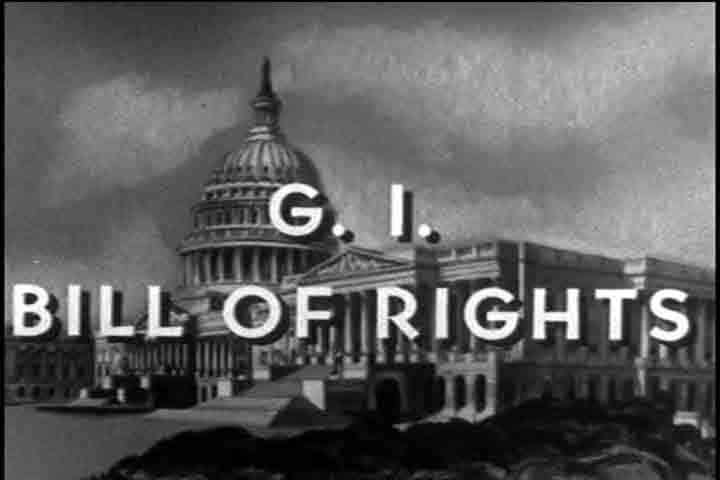
GI Bill-GANSKE
Also known as the Servicemen's Readjustment Act, it was the law that provided college and education for returning World War II veterans as well as one year of unemployed compensation. Additionally, it provided loans for returning veterans to buy homes and subsequently start businesses. Other veteran benefit programs for peacetime service were also enacted.
Great Awakening- GANSKE
A period of religious revival in American history, where religious enthusiasm occurred during the 18th century. They were revivals led by Protestant ministers, where a profound sense of conviction was used to create an increase in church membership and the formation of new religious denominations.

Great Society programs-GANSKE
The Great Society was a set of domestic programs promoted by Lyndon Johnson. The two main goals were the elimination of poverty and racial injustices. Major spending programs that addressed education, medical care, urban issues, and transportation were created.

Gulf of Tonkin Resolution- GANSKE
A joint resolution which the United States Congress passed in response to a sea battle between North Vietnam and the destroyer. It gave president Lyndon B. Johnson authorization without a formal declaration of war by congress to use conventional military force in Southeast Asia. In other words, he could to whatever necessary in order to assist any member of the defense treaty.

Haitian Revolution of the 1790's- GANSKE
A period of conflict in the French colonies, which occurred by the elimination of slavery and the founding of the Haitian republic. Beginning in 1791, it was successful in achieving permanent independence, therefore deeming it as a defining moment in the history of Africans in the New World.
Indentured servitude- GANSKE
The practice of contracting to work for a fixed period of time (usually three to seven years), in exchange for food, clothing, and lodging. Men and women under the age of 21 became helpers on farms or house servants, and they were not paid directly by cash. It was a system that provided jobs for the poor classes of Europe who wished to immigrate to America, but couldn't afford the trip.

James Baldwin's The Fire Next Time-GANSKE
Containing essays about the central role of race in American history, it deals with the relations between race and religion. Critics arguably were fond of his writing, and it is considered one of the most influential books about race relations within the 1960s.

Jamestown settlement-GANSKE
Jamestown was the first successful English settlement on the mainland of North America, which was named after King James 1 of England. However, between the conflict with the Indians, starvation due to laziness, spread of disease due to the mosquitoes, and the fact that they were drinking brackish water, the settlement was definitely not prosperous.

Japanese internment- GANSKE
Due to Japan's attack on Pearl Harbor, the American suspicion of all Japanese American citizens grew to the point of Japanese Interment, where they were relocated and held within camps supported by the United States government. This exclusion, removal, and detention process created controversy and hardships for the prejudices of the Japanese race as traitors and unsafe during World War II.

Jimmy Carter's presidency-GANSKE
As the 39th president of the United States, he established a national energy policy that included conservation, price control, and new technology. He pursued the Panama Canal Treaties, the second round of SALT talks, and strongly emphasized the importance of human rights. He was in office during the time period of stagflation, and the end of his term was marked by the incident of the Iran hostage crisis and the three mile island nuclear accident- both hurting his political image.

John F. Kennedy's presidency (BHATIA)
John F. Kennedy was the 35th president of the United States. His goals were to solve racial issues, poverty, and war issues. Kennedy's promise to help the economy and social issues aroused excitement among he people. However, Kennedy didn't live to reach his full potential. On November 22nd, 1963, Kennedy was assassinated leaving Lyndon Johnson to direct the nation and fulfill his goals through what would be known as the idea of a "Great Society".
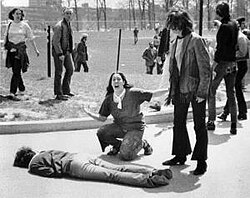
Kent State shootings-GANSKE

The Ohio National Guard killed four students, and wounded nine, who were at the time protesting against the American invasion of Cambodia, which president Richard Nixon had endorsed. Peaceful observers who were merely walking by were fired upon, showing the brutality of this tragic event. Due to student strikes, universities, colleges, and high schools closed in response.

Korean War- GANSKE
The Korean War was a war between South Korea, supported by the United Nations, and North Korea, with military aid from the Soviet Union. The division of Korea created this conflict, by the agreement of the victorious Allies at the conclusion of the Pacific War at the end of World War II.

leaders of civil rights groups (BHATIA)
Leaders of the civil rights group included people such as Martin Luther King, leader of the SCLC and civil rights initiatives, President John F. Kennedy, another civil rights advocate, Lyndon B. Johnson, an advocate of the Civil Rights Act, and SNCC leader James Lawson. All of these people were advocating for equal rights for every person in the United States regardless of the race of a person.

Lend-Lease Act-GANSKE
The program under which the United States supplied the United Kingdom, Soviet Union, China, France, and other allied nation with material. It was initiated to further promote the defense of the United States, which seemingly ended our presence of neutrality. This act represents the time period where America stepped away from non intervention, which had dominated foreign relations since World War 1, towards international involvement.

Levittown suburbs(GRIGGS)

Builder William Levitt took assembly-line production strategy and applied it to the mass construction of housing. In 1949, he created a 17,000 home development on Long Island, New York. This made the move to the suburbs possible for many more people because the homes were affordable. Levittown also helped further housing segregation by having whites move to suburbs and leaving African-Americans in the inner cities and because each homeowner in Levittown had to sign contract promising not to sell or rent to non-whites.

Mercantilism- GANSKE
Mercantilism is the economic doctrine in which government control of foreign trade is of extreme importance for the prosperity and security of the state. This policy dominated the western European economy during the 17 and 18th centuries. It caused colonial expansion and European wars.
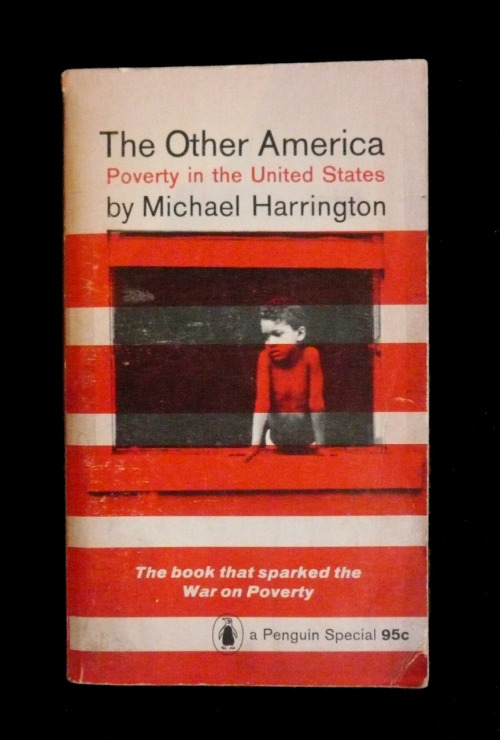
Michael Harrington's The Other America (GRIGGS)
This book told about the poverty impacting more than 1 in 5 Americans leaving them "maimed in body and spirit, existing at levels beneath those necessary for human decency." It helped convince Kennedy of the need for a full out war on poverty by the federal government, including jobs and job training programs.

Montgomery Bus Boycott-GANSKE
A political and social protest campaign that began in Alabama, which was intended to oppose the city's policy of racial segregation on its public transit system. Martin Luther King himself was an important figure involved in this conflict, which crated financial deficit for the Montgomery public transit system, because the city's black population was the bulk of the system's paying costumers. This campaign began when Rosa Parks was arrested for refusing to surrender her seat to a white person.

Navigation Acts- GANSKE
A series of British laws that restricted foreign trade and shipping for America and its colonies. Its goal was to force colonial development and dependency on England, and to stop outside trade.

New Netherland-GANSKE
New Netherland was a 17th Century colonial province on the East coast of North America, and it was conceived as a private business venture to exploit the fur trade. Due to conflicts with the Native Americans, during the beginning years of its formation, it settled slowly. Africans, Europeans, and Native americans inhabited the area, and the concepts of civil liberties introduced became the central component of American political and social life.

Richard Nixon's presidency (BHATIA)
Nixon was the Thirty-seventh President during the Vietnam War. He had begun a slow removal of the US troops through the process of "Vietnamization" which was giving troops in South Vietnam training, to take the place of US troops. Nixon also opened trade with China, ended the draft, reduced tension with Soviet Russia through the SALT agreements where an agreement was made to slow down the use of weapons. Nixon also became associated with the Wategate scandal in which he hired a group of people known as "plumbers" to put the Democratic party at an unfair advantage so that he could win the presidency. Nixon's conspirators was caught in the act and investigation began. After using pieces of evidence such as the tapes that recorded his conversations in his office, Nixon was was going to be tried for impeachment but he resigned prior to the trial.

Northwest Ordinance of 1787-GANSKE
An act of the Congress of the Confederation that created the Northwest Territory as the first organized territory of the United States. Established that the federal government would expand westward with the expansion of existing states under the Articles of Confederation. In the new territory, the prohibition of slavery was founded. This division helped balance between free and slave states that was the basis of political division in America.

NOW-GANSKE
As the largest feminist organization in the United States, it was founded in 1966 by those who supported the Equal Employment Opportunity Commission to enforce its legal policy to end gender discrimination. It's purpose was to take action to bring women into full participation in American society, and exercise equal privileges and responsibilities to those granted to men.
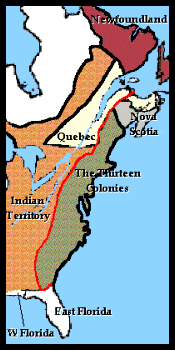
Proclamation of 1763- GANSKE
After the end of the French and Indian War in 1763, Americans had strong desires to migrate west. However, the royal proclamation closed off the frontier to colonial expansion, in order to calm the fears of the Indians who felt threatened. Americans thought that this was an attempt by the British government to keep them isolated and easily penned in, in order to make them easier to regulate. The Proclamation also established the territories of Quebec, East Florida, West Florida, and Grenada.

Puritans and religious freedom (BHATIA)
Puritans were a strict and regulated society which had set traditions and beliefs which weren't as accommodating to those who wanted religious freedom. An example of this is when Roger Williams and Anne Hutchinson had tried to interpret the Puritan religion differently in their own ways however, they gained a bad reaction from the Puritans. Eventually, Anne Hutchinson was excommunicated and Roger Williams was banished.

Rachel Carson's Silent Spring (BHATIA)
Rachel Carson was an Biologist and an author who explains in this book about the effects of dangerous chemicals such as pesticide DDT. Carson was an important element in the movement to save the environment because this book called the nation's attention to this issue.

Reaganomics- GANSKE
Reaganomics refers to the economic policies promoted by president Ronald Reagan during the 1980s, also known as supply-side economics and trickle-down economics. Its aims were to: reduce government spending increase, reduce income tax and capital gains tax, reduce government regulation, and to control money supply to reduce inflation.
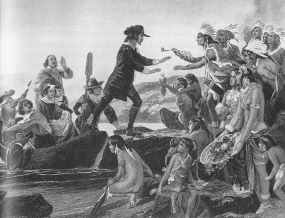
Roger Williams-GANSKE
An early English Protestant theologian who advocated for the separation between church and state. He started the first Baptist church in America, and believed in peaceful relations with the Indians. He himself was a Separatist and therefore believed that everyone had the natural right to the freedom of religion.

SALT I and SALT II-GANSKE
The Strategic Arms Limitation Treaty refers to two rounds of talks and corresponding international treaties involving the United States and the Soviet Union during the Cold War on the issue of arm control. SALT I led to the Anti-Ballistic Missile Treaty and an agreement between the two powers. Although SALT II resulted in an agreement as well, the United States chose not to ratify the treaty in response to the Soviet invasion of Afghanistan. The US eventually withdrew peacefully from these discussions.

Senator Joseph McCarthy-GANSKE
Joseph McCarthy was an American politician who became a public face during the Cold War tensions were fueled by fears of communism. He is most noted for making claims that there were large numbers of Communists and spies inside the United States federal government. He is also responsible for the term McCarthyism, in reference to his practice's, which later were applied to anti-communist activists. However, he was later reprimanded for his radical claims, by being censured by the Senate and demoralized of his attacks on politicians.

Shays's Rebellion- GANSKE
Shay's Rebellion was an armed uprising in Massachusetts, which began over the financial difficulties. A militia, which came about as a private army, defeated an attack on the federal Springfield Armory, and five rebels were killed. Fear spread that the American Revolution's democratic impulse had gotten out of hand, and this lead to the cries to reevaluate the Articles of Confederation during the Philadelphia Convention in 1787, which created the United States Constitution.

similarities and differences of Indians and colonists (BHATIA)
The similarities were that the Indians and the colonists both faced surviving struggles in the New World, and violence. However, the main difference was in the way each lived. The Native Americans were mostly living in the wilderness and were more a nomadic people. Americans were more so settled and wanted to create permanent living areas.The Indians and the colonists were mostly in conflict. However, there were peaceful times between the two.

sit-in civil rights demonstrations (BHATIA)
Sit-ins were a form of protest that would usually occur at lunch counters where people would remain seated until they were served. A well known example of this was at Woolsworth's lunch counter (a white's only counter) in Greensboro North Carolina where 4 African American college student sat a a counter for days requesting service. This inspired others around the nation to join.
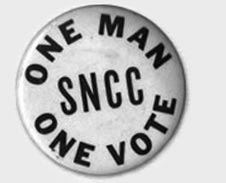
SNCC-GANSKE
The Student Nonviolent Coordinating Committee was one of the principle organizations of the American Civil Rights Movement. In the North, it transformed into a large organization with many supporters who helped raise funds to support SNCC's work in the South. SNCC played a major role in the sit-ins and freedom rides, and the organization of voter registration drives in the South.

Stamp Act- GANSKE
The Stamp Act of 1765 was controversial for Americans because it created a major conflict between Britain and Parliament's rights to tax the colonies. It imposed a tax on all paper used for official documents, and required an affixed stamp as proof that the tax had been paid. Unlike the Sugar Act, the Stamp Act affected all citizens who used papers and relied on official documents, and therefore resulted in the formation of the Sons of Liberty, who threatened stamp distributers and claimed that they were being denied their freedom.

Taft-Hartley Act-GANSKE
A federal law that monitored the activities and the power of labor unions. While it was called the "slave-labor bill" by most labor leaders, president Truman argued that it was an intrusion of free speech and therefore would conflict with the important principles of our democratic society.

Tet Offensive-GANSKE
A military campaign during the Vietnam War that began in 1968, where forces of the People's Army of Vietnam fought against the forces of the Republic of Vietnam, the United States, and their allies. The purpose was to spark a general uprising among the population that would topple the government, and therefore finish the war off. The Tet Offensive was the first day of the year on a traditional lunar calendar and the most important Vietnamese holiday, and both the North and South Vietnam had announced that there would be cease fire. However, the Vietcong launched a wave of attacks despite the peaceful holiday.
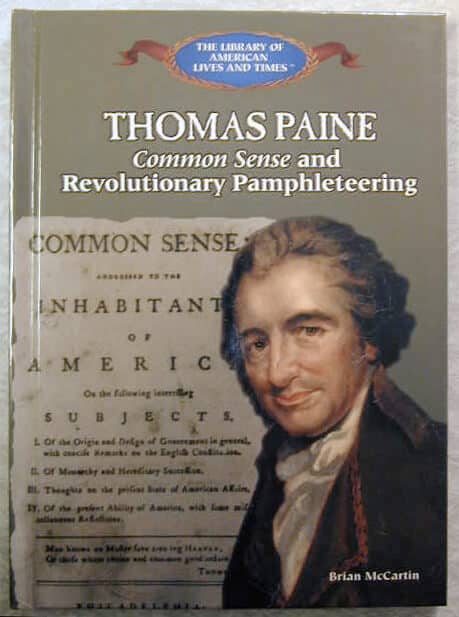
Thomas Paine's Common Sense- GANSKE
Published during the American Revolution, common Sense became an immediate success by presenting the American colonists with an argument for freedom from British rule at a time when the question of independence was still undecided. He connected his writing with that of the Protestant religious, making it one of the most circulated books because it was written in a style that common people could understand.

Truman Doctrine- GANSKE
Presented by Harry S. Truman, the Truman Doctrine was a policy that stated that America would support Greece and Turkey with economic and military aid to prevent them from adopting communism as their government. Most historians consider at as one of the starting points of the Cold War. Truman backed up his policy by saying that because communism threatened the liberty of the people, it represented a threat to international peace and the national security of the United States.
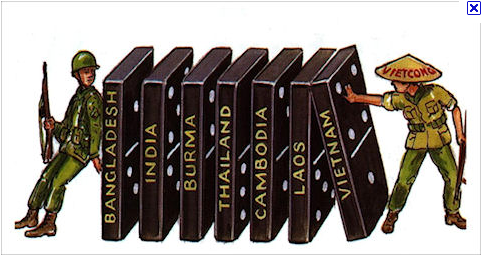
U.S. Participation in Vietnam War--why? (BHATIA)
The US participated in Vietnam because of the fear that Northern Vietnam, which was controlled by the communistic Soviet Russia and the Vietcong, would pressure the the US controlled Southern Vietnam to fall into communism. The Viet Cong, then attempted to overthrow Saigon, which was Southern Vietnam's capital. Southern Vietnam then asked President Kennedy for aid to stop the communists. America, fearing a domino effect with other Asian nations, decided to get involved.

Virtual representation- GANSKE
Because English tradition held that taxes were a gift of the people to their monarch, granted by the people's representatives, the King could not demand money, only the house of commons could grant it. The British argued that the colonists were 'virtually' represented in Parliament, because it represented ALL British subjects. Colonial leaders rejected this view, and argued that it would not withstand the stretch of the Atlantic, while the British believed that the Americans already assumed too many radical liberties.
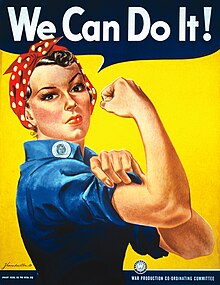
Women and World War II (BICHE)
Many women enlisted in the war as nurses and had no action combat-wise. But many also stayed home to provide for their families as their husbands were in battle. Advertisements were directed toward these and younger women to take industrial jobs that were empty. While they were paid much less than males, women were for the most part happy to support the war effort.

World War II homefront (BHATIA)
World War Two homefront was a time when Americans were trying to contribute to the war effort at home. Women took up jobs outside the home, racial discrimination was minimized in order to fight against the racial horrors of Nazi Germany, and rights of minorities were increased.